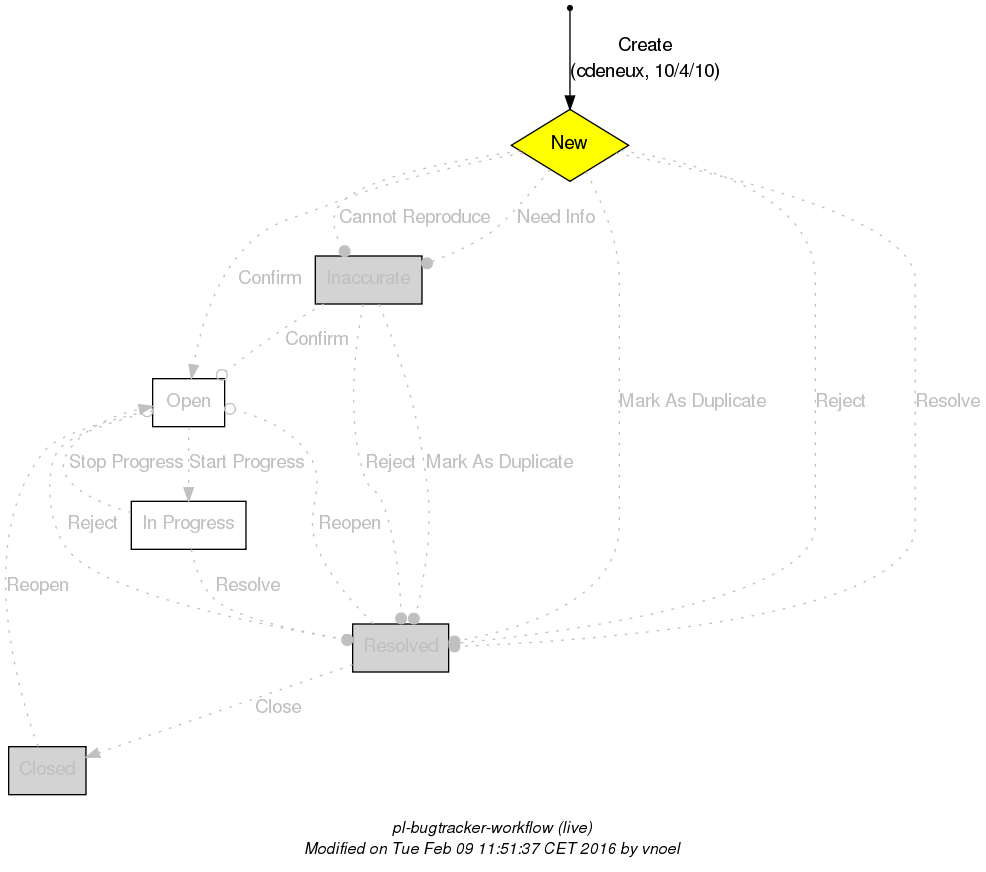Details
-
Type:
 Improvement Request
Improvement Request
-
Status:
 New
New
-
Priority:
 Blocker
Blocker
-
Resolution: Unresolved
-
Affects Version/s: 3.0.6, 3.1.1
-
Fix Version/s: None
-
Component/s: Recovery
-
Security Level: Public
-
- Environment:
- -
Activity
| Field | Original Value | New Value |
|---|---|---|
| Priority | Blocker [ 1 ] | |
| Description |
Today, when the recover starts, all components are set as 'shutdowned'. And is an error occurs during recover, we are not able to restart artefacts in the same state than they was just before the last stop.
The error management should be reviewed. In my mind, actual states install-state and lifecycle-state have not to be updated by the recovering process. These both states store the artefact states in which they was just before the last stop. A new state must be introduced to manage errors. And to be able to deal with artefacts recovered with errors during execution of others, an new JMX API must be introduced. |
Today, when the recover starts, all components are set as 'shutdown'. And if an error occurs during recover, we are not able to restart artefacts in the same state than they was just before the last stop.
The error management should be reviewed. In my mind, actual states install-state and lifecycle-state have not to be updated by the recovering process. These both states store the artefact states in which they was just before the last stop. A new state must be introduced to manage errors. And to be able to deal with artefacts recovered with errors during execution of others, an new JMX API must be introduced. |
| Link | This issue blocks SPLOGIDGME-13 [ SPLOGIDGME-13 ] |


IMO, There is no proper automatic solution for that problem.
There is only solutions that involves human interpretation and intervention.
If you keep the previous state when a recovering fails, then restart the container, and images it fails again and again...
What do you propose to recover the failing artifact?
The only solution is to uninstall it. That's why the state that is kept at the recovering process is the ones that has been set successfully.
Another current problem is that a SA cannot been installed if a component is not STARTED/STOPPED. This filter set at the component level must be removed.
What alternative do you propose that can be acceptable for exploitation?